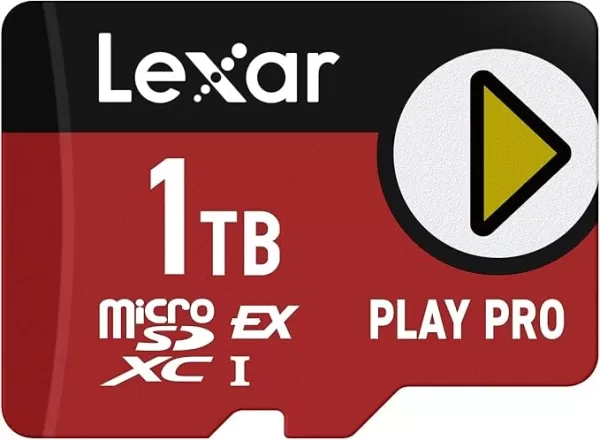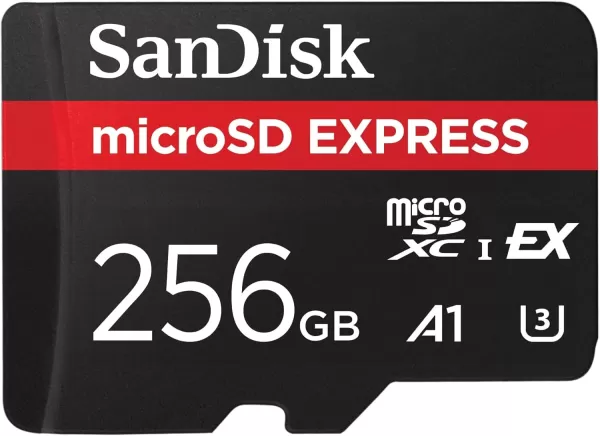Last week, Nintendo unveiled the much-anticipated Nintendo Switch 2, revealing that it exclusively supports expansion through MicroSD Express cards. This shift might be inconvenient for those with existing MicroSD collections, but it's a strategic move to leverage the superior speed of MicroSD Express technology. These cards interface with the console to deliver read/write speeds comparable to the Universal Flash Storage (UFS) of the Switch 2's internal storage, ensuring that games on expansion cards load just as swiftly as those stored internally.
MicroSD vs. MicroSD Express
The evolution of MicroSD cards has seen six different speed ratings. Starting from an initial speed of 12.5MB/s with the first SD cards, advancements have led to significantly faster options, from SD High Speed at 25MB/s to SD UHS III at 312MB/s. Five years ago, the SD Association introduced the SD Express standard, which marked a substantial leap in speed capabilities.
The key advancement with SD Express is its use of a PCIe 3.1 interface, unlike the slower UHS-I interface used previously. This PCIe interface, also used by high-speed NVMe SSDs, enables full-sized SD Express cards to achieve data transfer rates up to 3,940MB/s, vastly outperforming older SD cards. While MicroSD Express cards top out at 985MB/s, this is still three times faster than the best non-Express MicroSD cards.
Why Does the Switch 2 Require MicroSD Express?
Although Nintendo hasn't detailed its exact rationale for this requirement, the primary reason seems to be speed. A game installed on a MicroSD Express card will load significantly faster than on a traditional UHS-I MicroSD card, thanks to the PCIe 3.1 interface. This requirement might soon extend to handheld gaming PCs, given the trend towards faster storage solutions.
The Nintendo Switch 2's internal storage has been upgraded to UFS from eMMC, which aligns with the need for similarly fast external storage. Early demos suggest dramatic improvements in load times, from a 35% faster fast travel in games like Breath of the Wild, according to Polygon, to a threefold improvement in initial load times, as measured by Digital Foundry. While these improvements may be due to the faster internal storage, CPU, and GPU, the necessity for external storage to match these speeds is clear to prevent bottlenecks in future games.
Moreover, this requirement positions the Switch 2 to take advantage of even faster storage solutions in the future. The current fastest standard for SD cards, the SD 8.0 Specification, allows full-size SD Express cards to reach up to 3,942MB/s, and while MicroSD Express cards haven't reached those speeds yet, future advancements could bring them closer to that mark.
MicroSD Express Capacity Options
Despite the slow adoption of MicroSD Express cards, their popularity is expected to surge with the Nintendo Switch 2's launch. Currently, options are limited. Lexar offers a single MicroSD Express card in capacities of 256GB, 512GB, and 1TB, with the 1TB model priced at $199.

SanDisk, on the other hand, lists a single MicroSD Express card with a maximum capacity of 256GB, which matches the Switch 2's internal storage. At the time of the console's launch, it's unlikely that many MicroSD Express cards will exceed 512GB. However, as demand grows, manufacturers like Samsung are likely to introduce higher capacity options.















